Most of Berlin’s landmarks have remained, but how we depict landmarks and even what we consider to be a landmark, has certainly evolved. IMAGO looks at Berlin and its culturally significant landmarks through the lens of two generations of photographers.

Berlin landmarks by two different generations.
“I always think in museums at photo exhibitions with historical material from Berlin that these pictures probably seemed quite mundane to the person taking the picture at the time,” said one of IMAGO’s newest members F. Anthea Schaap. Rolf Zöllner, one of IMAGO’s longest standing photographers whose archive spans into the GDR when the city underwent some of its greatest historic developments, has photographed Berlin for decades. “I am currently digitizing my photo archive and amazed at what has changed in 30 / 40 years, much of which one has no memory of,” he said in an interview with IMAGO, “That’s why it’s important to photographically record the changes in urban landscapes.”
In wrapping up our IMAGO 25 years series, we spoke to two of our Berlin-based photographers from different generations to find out their relationship to photographing Berlin and its historical landmarks, seeing how their photos compare and contrast in the telling of history through imagery. “Berlin is constantly changing and hopefully is far from finished. What is very striking to me is how much less wasteland and open space there is now in the inner city. But art and culture always find their niches,” said Schaap.
See our previous interview with Rolf Zöllner on the fall of the Berlin Wall.
See IMAGO’s curated collection on Berlin history told through architecture.

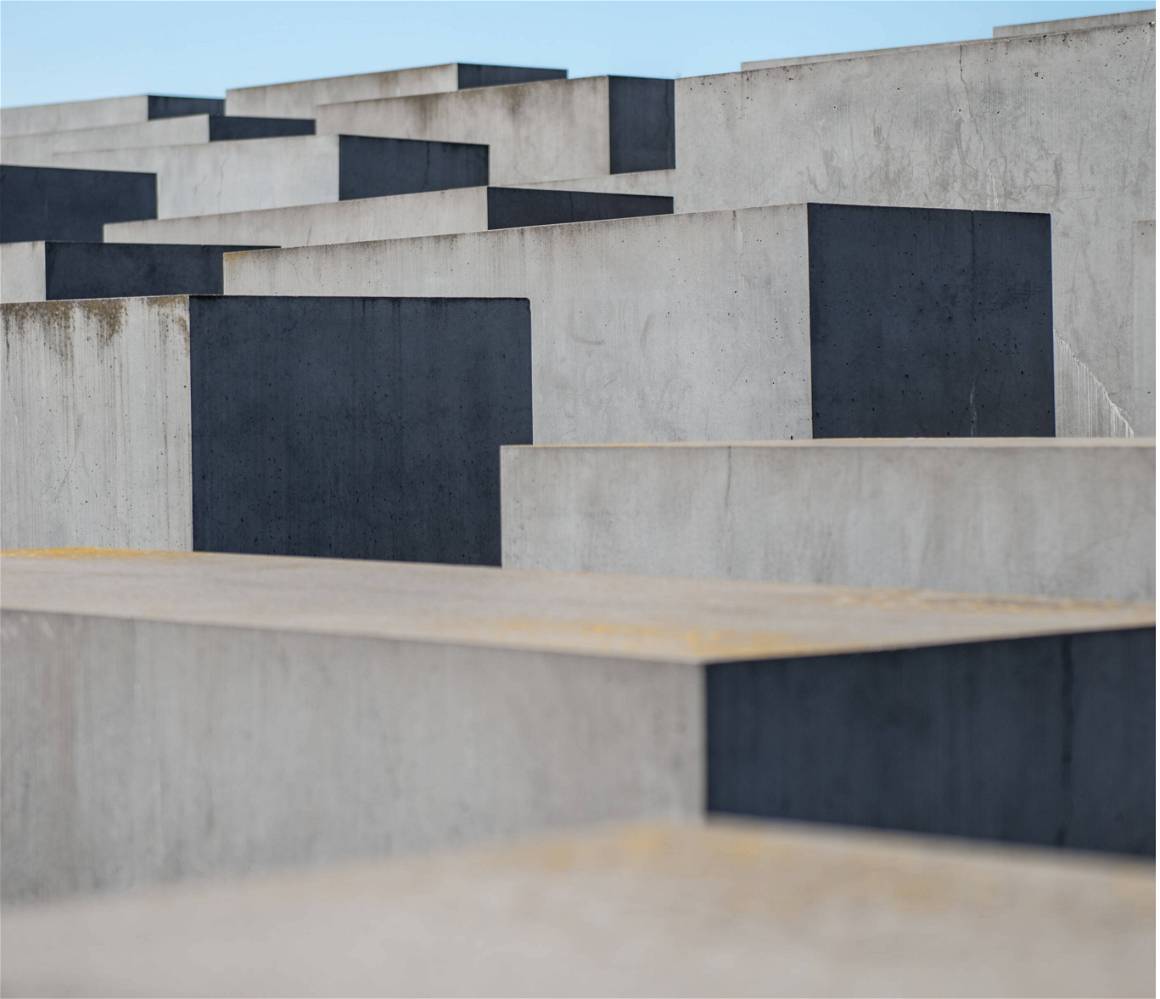
Both however, shared their frustrations with the increased mistrust towards photographers which has unfolded throughout their careers. “I started taking pictures in the GDR – photography was still a cultural asset then,” said Zöllner, “Street photography was no problem, if someone didn’t want to be photographed, a hand gesture was enough. Today, in the age of social media, but also in general, photographing people has become almost impossible,” he added. Schaap, who started photographing in Berlin decades later in 2010, also said that when she started, “it was less problematic to photograph and approach people on the street, but now I encounter a greater distrust of the press than I used to receive.” Schaap added that still today, the gender imbalance in press photography remains astoundingly male-dominated, while the demographics seem balanced in photo classes.
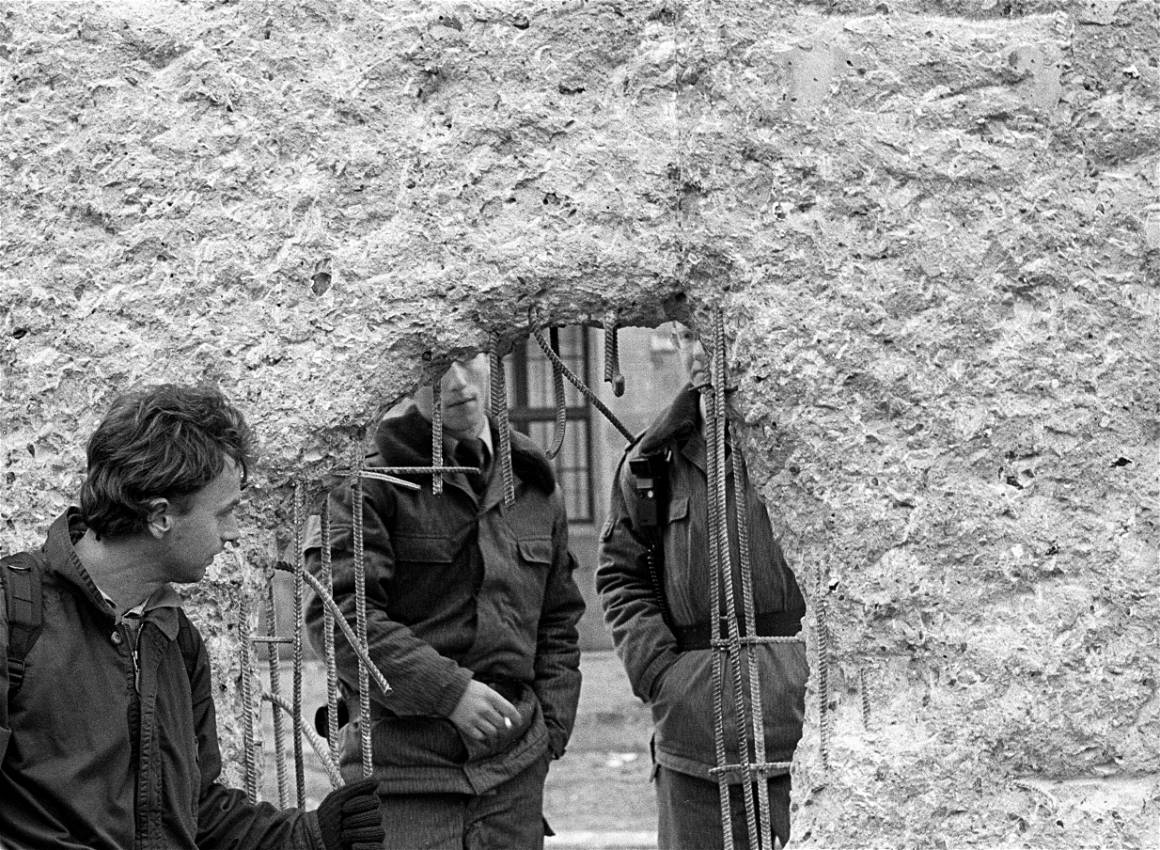
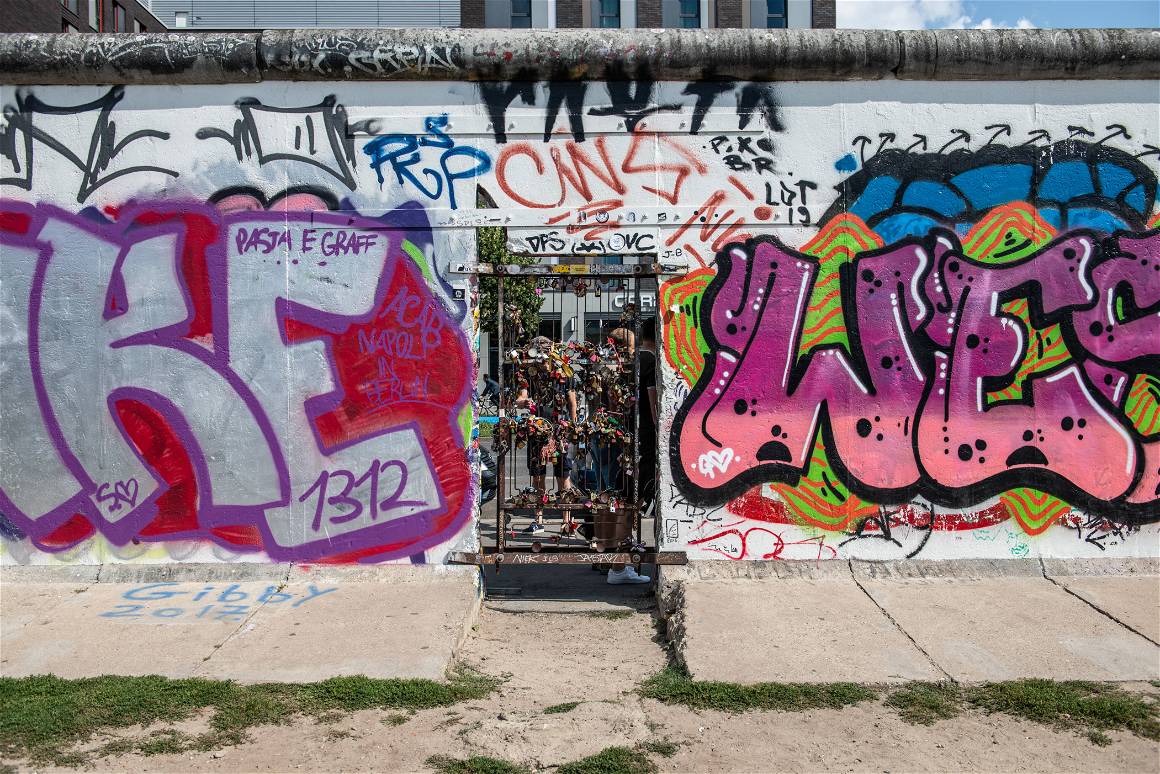
When it comes to historic moments and landmarks in photography, Schaap and Zöllner’s archives reveal juxtapositions and contradictions as the the history of the city and its landscape has taken on different forms throughout both of their lives. Their varying perspectives, methods, and experiences as Berlin-based photographers are reflected in their photos, and their insights give a glimpse into the different photographic relationships with the city.
“There are of course historical moments, like the fall of the Berlin Wall, for example, where the photographers already know how relevant the material will be one day, but often the exact opposite is the case and it is the quiet, incidental images that have the greatest impact decades later. I always try to keep that in mind: which images are really relevant? Often only time shows,” said Schaap.
Berlin is full of timestamps told through its landmarks, whether it be those that have remained or those that have popped up in recent years, perhaps even overshadowing those of the past. IMAGO and its archive is home to endless representations of its city – in wrapping up this month’s series celebrating IMAGO’s 25 years, we look at Berlin’s landmarks from two generations of photographers and how they see IMAGO’s role in the industry:
“I can say from my work as a photojournalist that IMAGO’s archive in particular is a great help in reporting on the city.”
– F. Anthea Schaap
“Through IMAGO I have the opportunity to spread my photos very far.”
– Rolf Zöllner
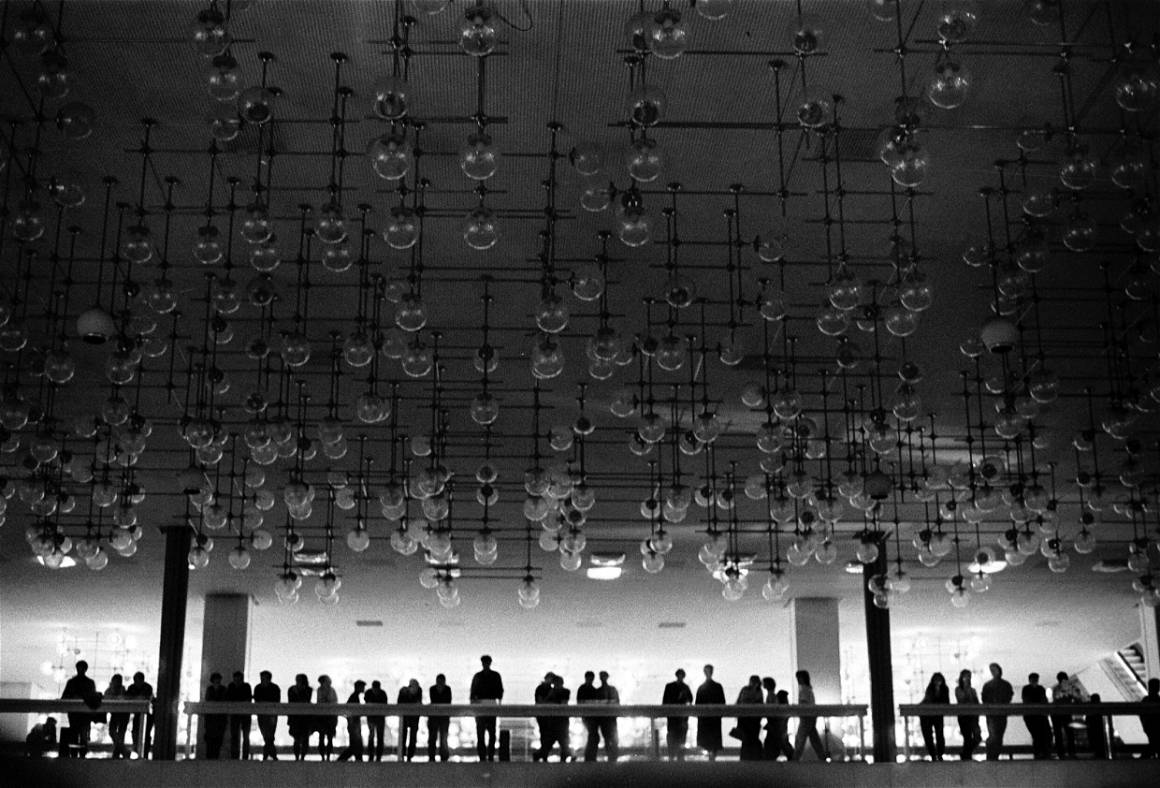
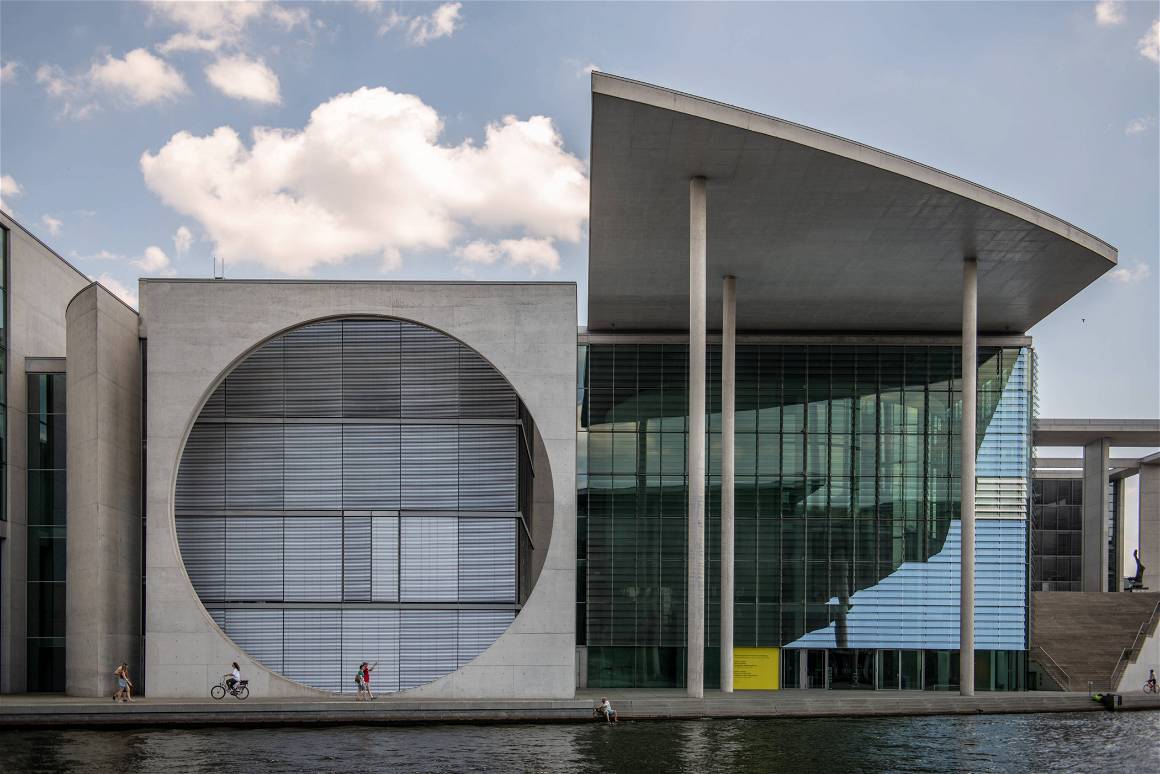
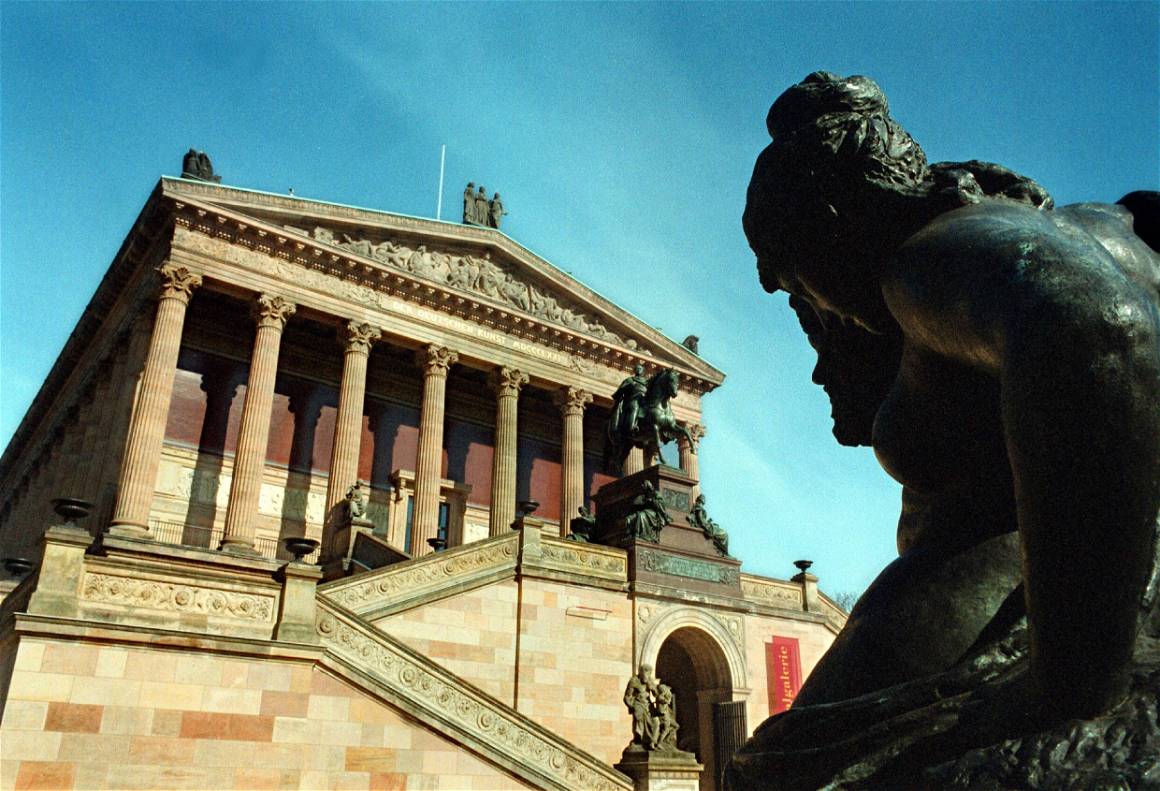
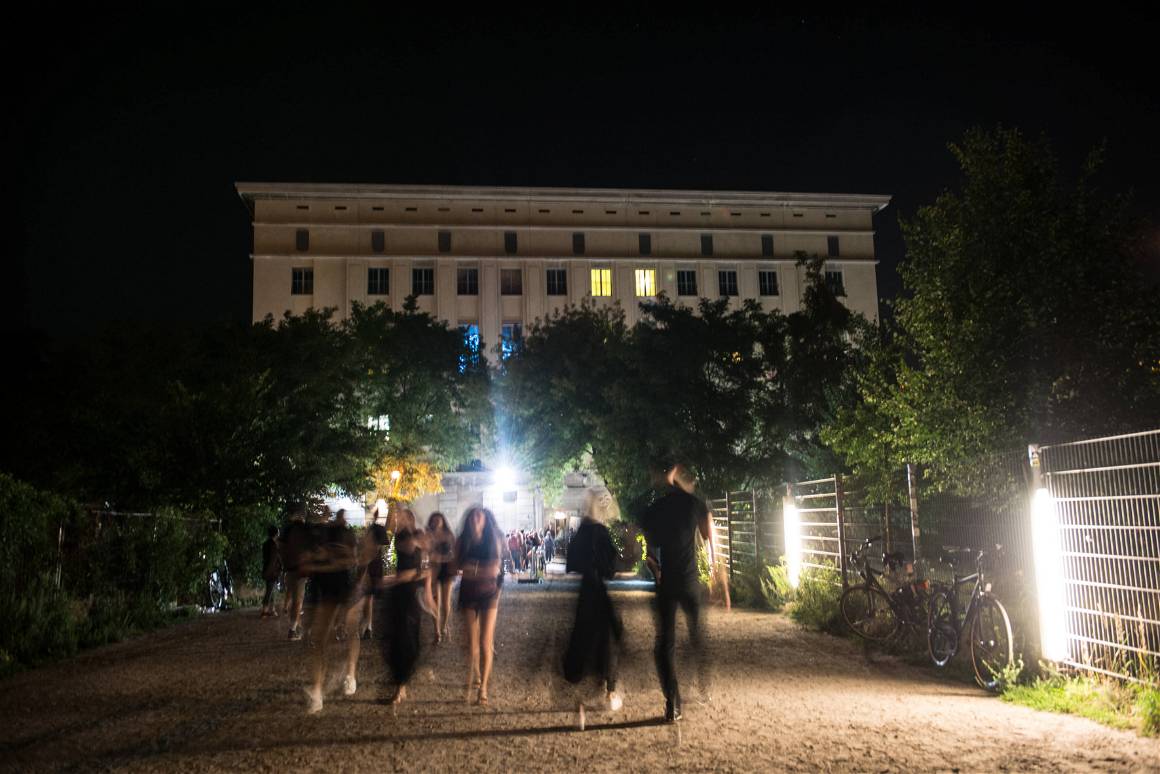

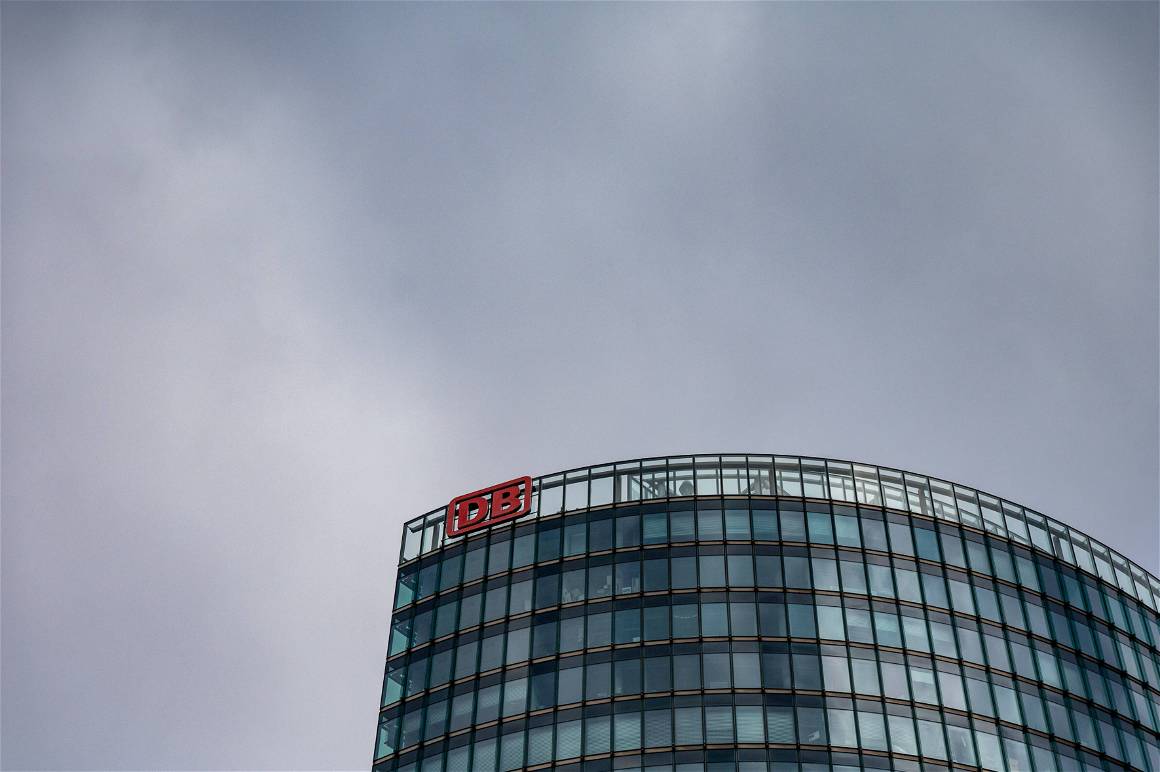
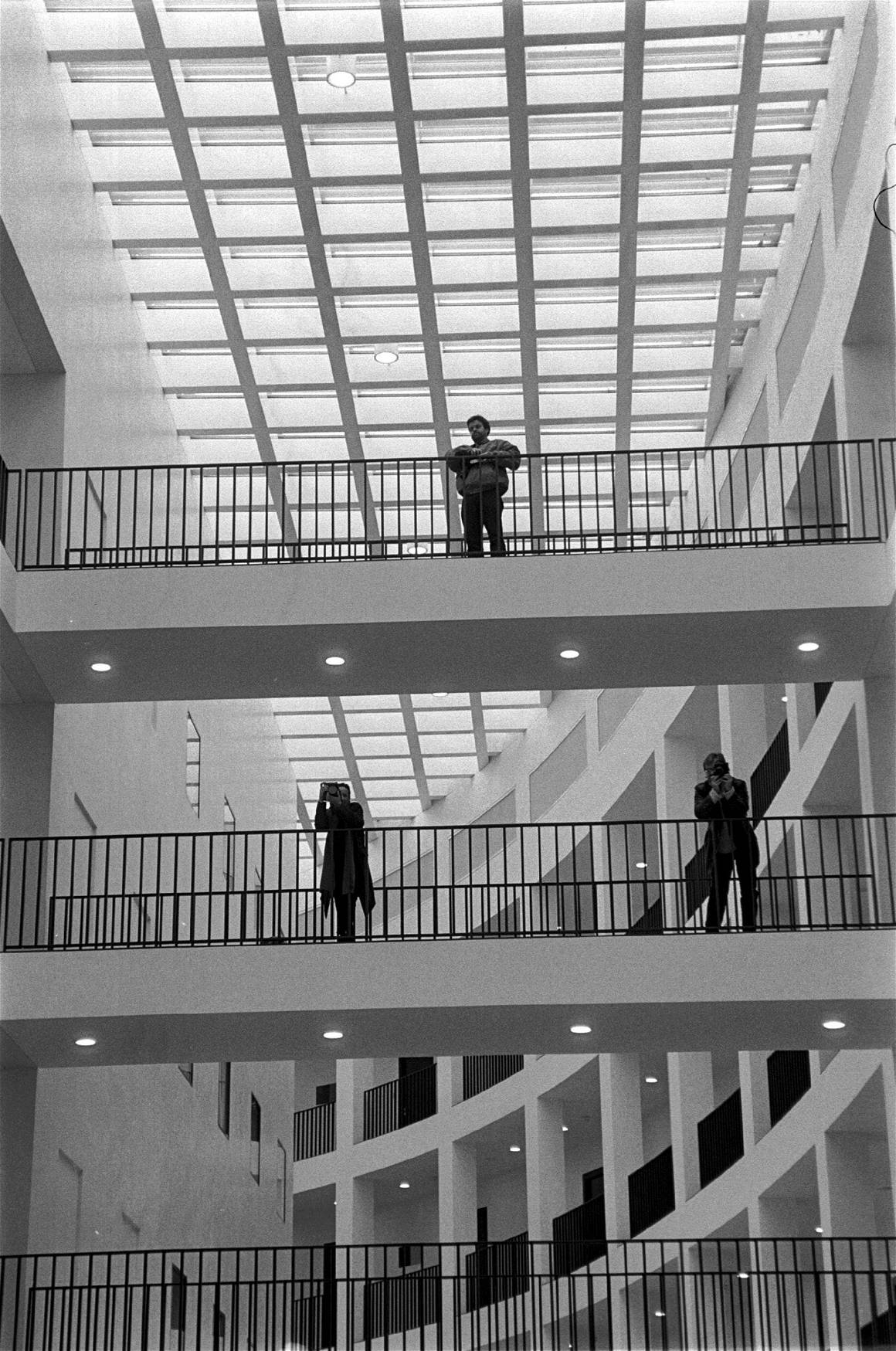
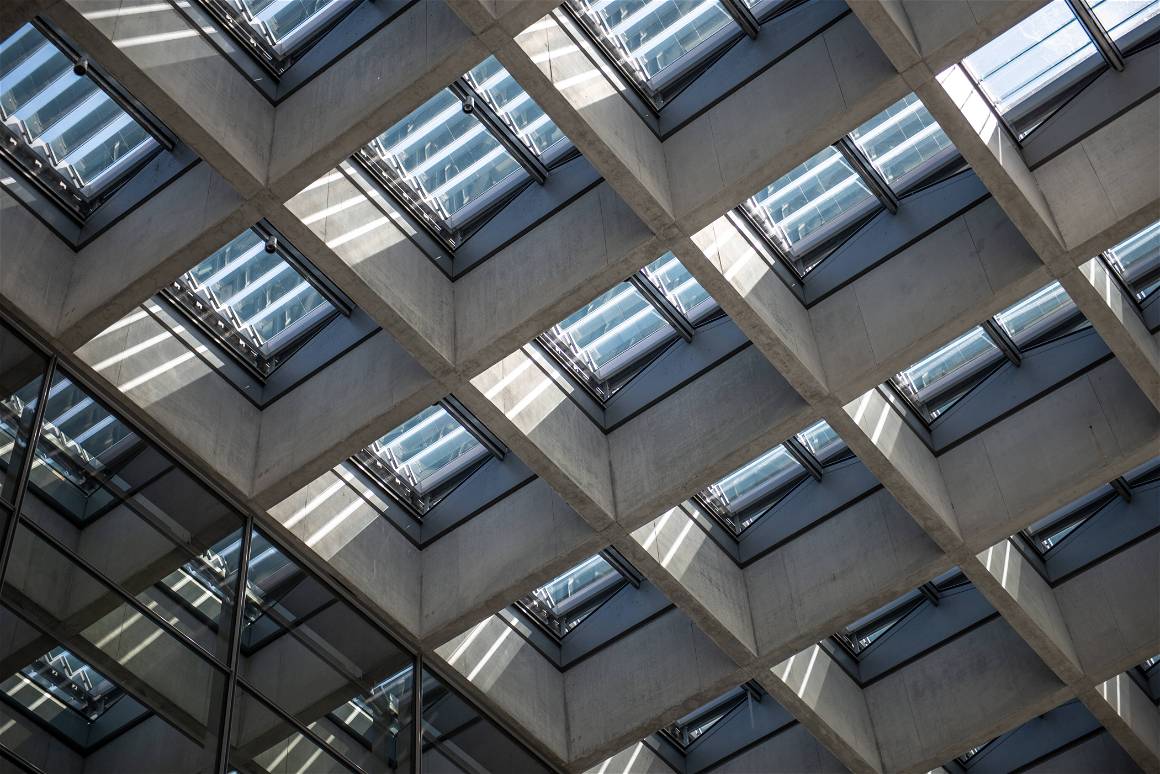

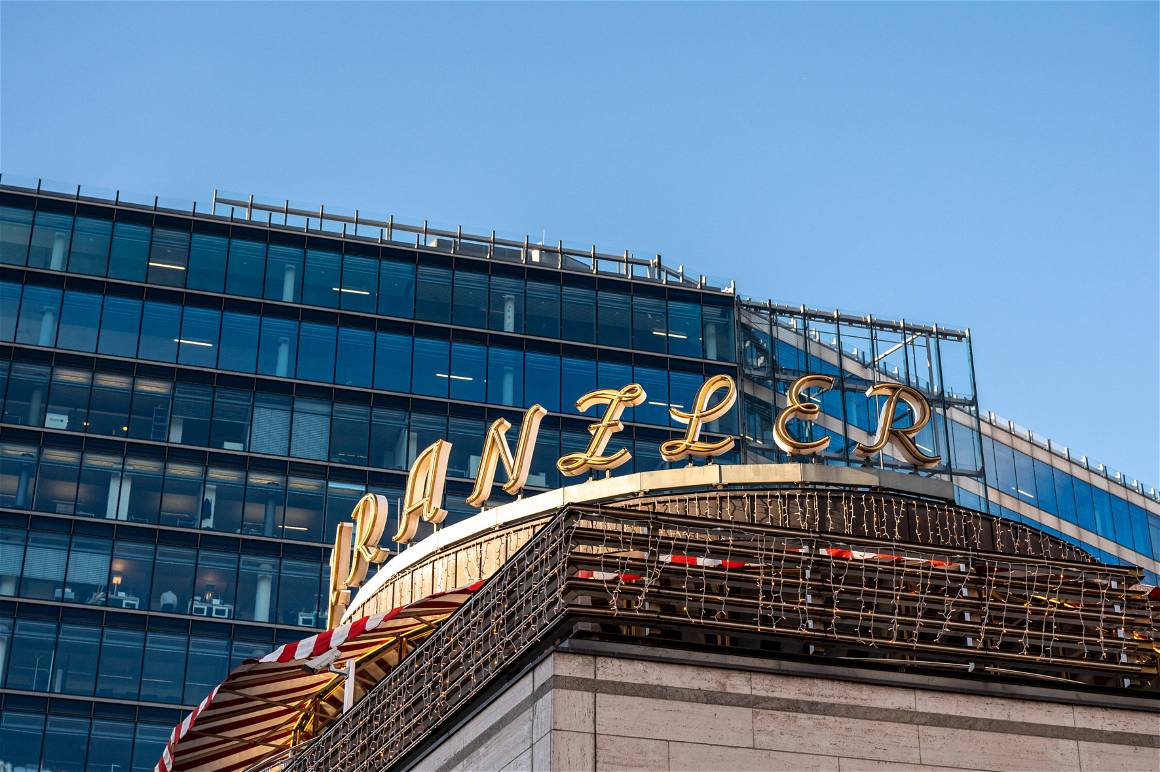

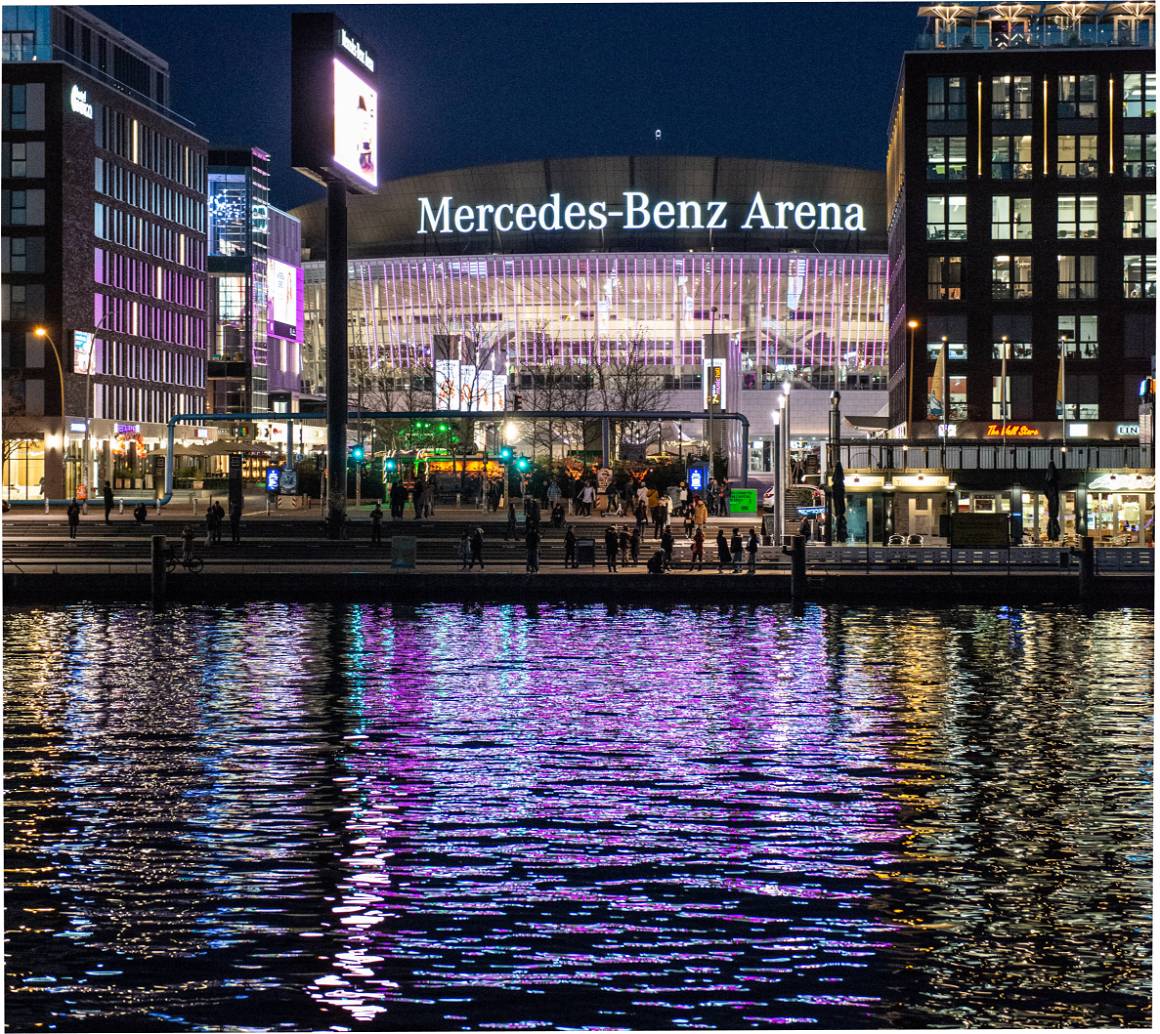

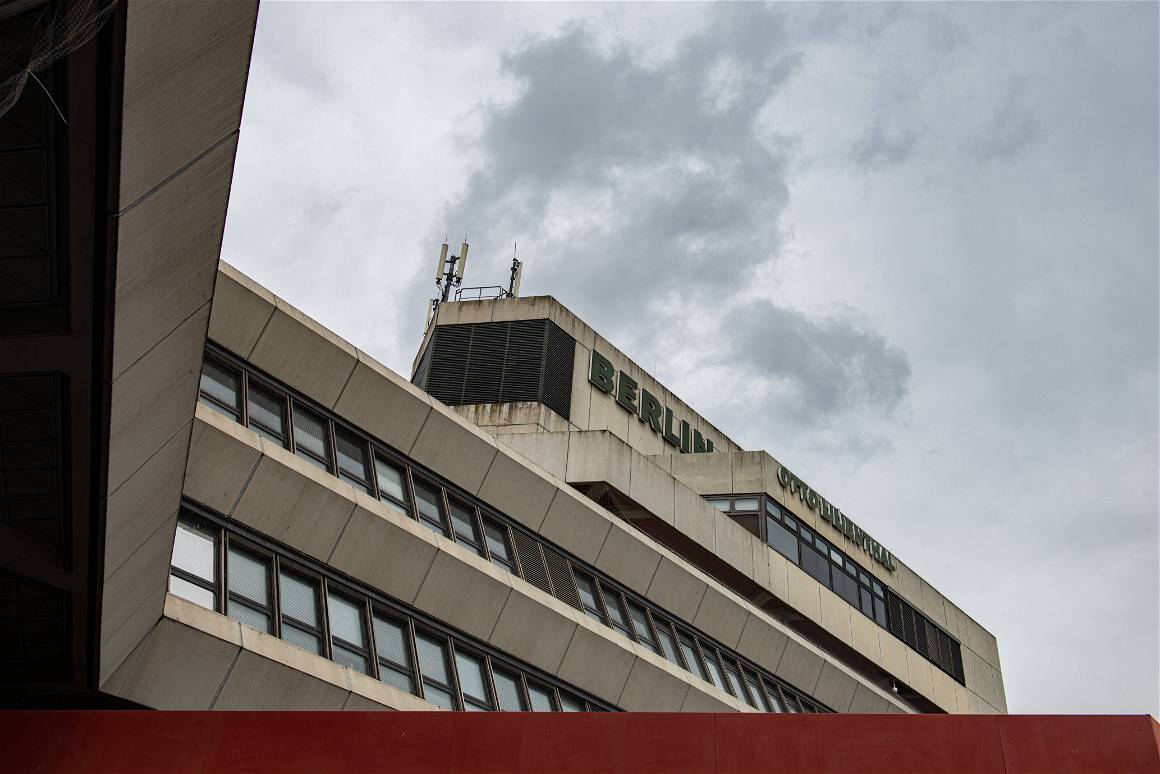
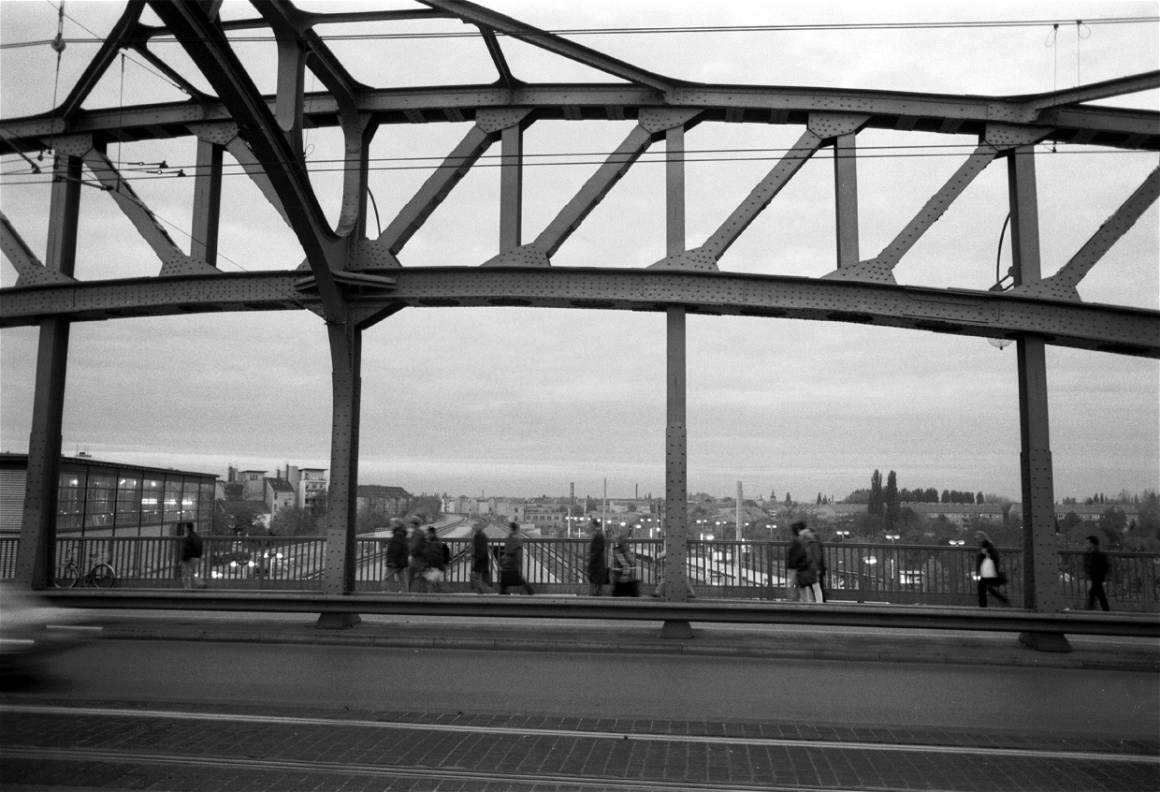
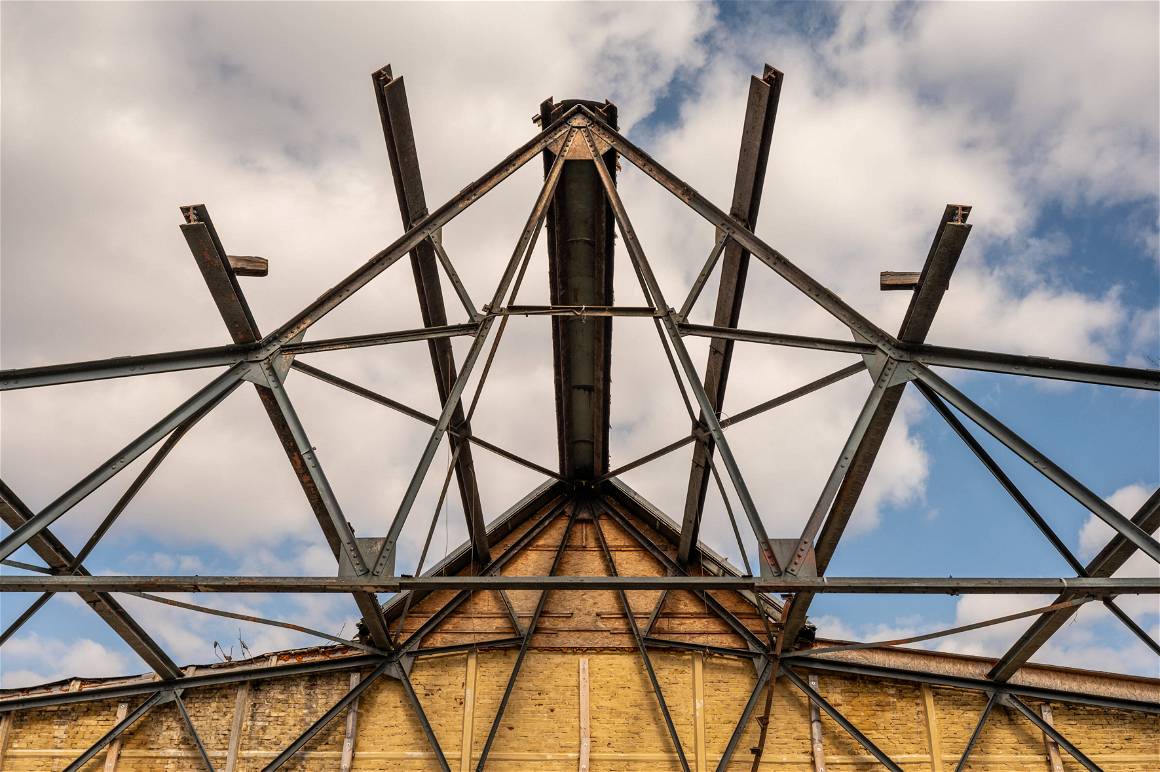
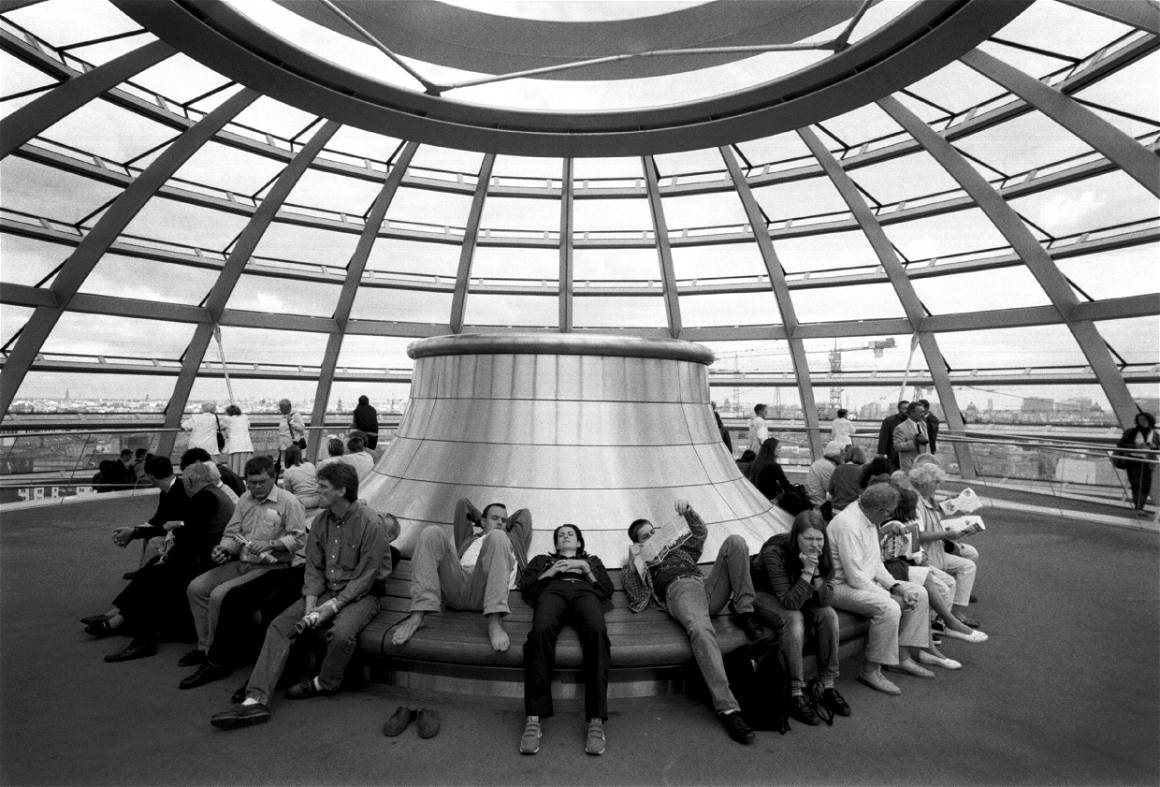

Other previous article on Berlin history include:
A fresh start: archives from German Unity Day.
1990’s Berlin culture in photos: dawn of an era.
Fun and Leisure in 1970’s Berlin. Candids from a city in turmoil.
The queer haven that was 1920’s Berlin.
All photos by Rolf Zöllner and F. Anthea Schaap. Interviews by Sofia Bergmann. Part of our IMAGO 25 Years series.


